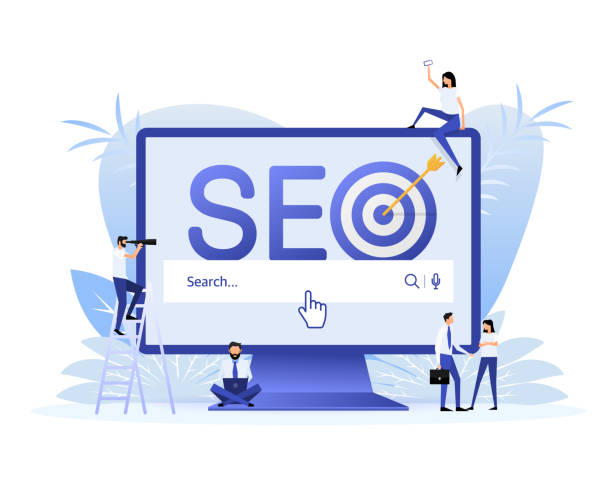
What Is SaaS SEO?
SaaS SEO is the technique of boosting organic traffic to a SaaS company’s website by achieving first-page positions on search engine results pages (SERPs) for a list of pertinent keywords.
It’s important to note that performance marketing (PPC, social advertisements, affiliate marketing, etc.) is a popular choice among SaaS businesses for scaling up new client acquisition. Many people are soon recognizing, nevertheless, that doing so has rising costs and that depending only on paid acquisition may be counterproductive.
The Importance of SEO for SaaS
SEO may promote organic development that is exponential and constant. Many SaaS companies are boosting their channel investments in order to diversify their traffic sources and maintain a manageable cost of acquisition.
Your ability to drive traffic will increase as you produce more content given that you put out the best-ranking content. And this is precisely the growth strategy that SaaS giants like HubSpot and Pipedrive have applied.
If you use the appropriate technique, you may anticipate a rise in traffic from month to month. Its growth trajectory is quite predictable.
Best practices for SaaS SEO
1. Analyze what works for your competitors
Best performing website sections
Build up a picture of how your competitors’ overall performance and how they compare to one another. Find out what works and what doesn’t.
Best performing pages
Since you ultimately plan your content piece by piece, it’s vital to know the specific pieces of material your competitors use to attract organic traffic.
Types of content that attract the most links
The key to SaaS SEO success is producing excellent content. Your website must have superior content on every page compared to the competition. It indicates that it provides a more comprehensive response to the searcher’s query than any other available result. It could imply:
- Longer content
- Topics discussed meticulously
- Visuals to encourage more page engagements
- Easy-to-digest content
2. Pay attention to technical SEO for SaaS websites
In order for search engines to quickly and effectively crawl and index your website, quality content must be supported with strong technological optimization. Check to see if the platform your website is built on supports search engine optimization. Additionally, your website should load quickly, contain slugs that are easy to search for, and be accessible. Keep abreast of Google’s algorithm updates and make sure you’re keeping up with how they rank websites so your content can work as effectively as possible to increase traffic.
3. Use keyword research to target the right audience
Understanding the language that your target clients use to search for your goods, services, and information is the process of doing keyword research. The next step entails evaluating, contrasting, and ranking the top keyword prospects for your website.
Let’s start by discussing search intent. The “why” behind a search query is what it is. Whether it’s a news piece, a regular blog post, a how-to guide, an interactive tool, a YouTube video, etc., search engines always strive to deliver the most pertinent results.
Save the keywords to a list that you’ll refer to later while creating content whenever you conduct keyword research or come across a list of them.
4. Differentiate yourself
You must really differentiate your contents in order to stand out from the sea of repetitive content and websites targeting the same keywords as one another in the SEO environment.
You will notice more page visits, time spent on your pages, and conversions the more distinctive and useful your content is to your target audience. Ask yourself how we can make this specifically ours before you post any articles or web pages. What’s a suggestion or piece of information we have to provide that no one else has? What more value can we provide the current search results?
5. Develop content for different stages of the buyer journey
You should create content that targets buyers at each point of the buyer journey, including the awareness, consideration, and decision stages, in order to attract the widest range of possible customers. Avoid putting too much emphasis on information that promotes certain products or prompts purchases.
Instead, share information that will be generally helpful to the many demographic groups who might profit from your service. This might include inspiration or industry trends, advice and recommendations, or general instructive pieces at the start of the journey. For those that are farther down, you may offer helpful instructions, details on features or integrations, and position your product as a solution to a particular issue.

0 Comments